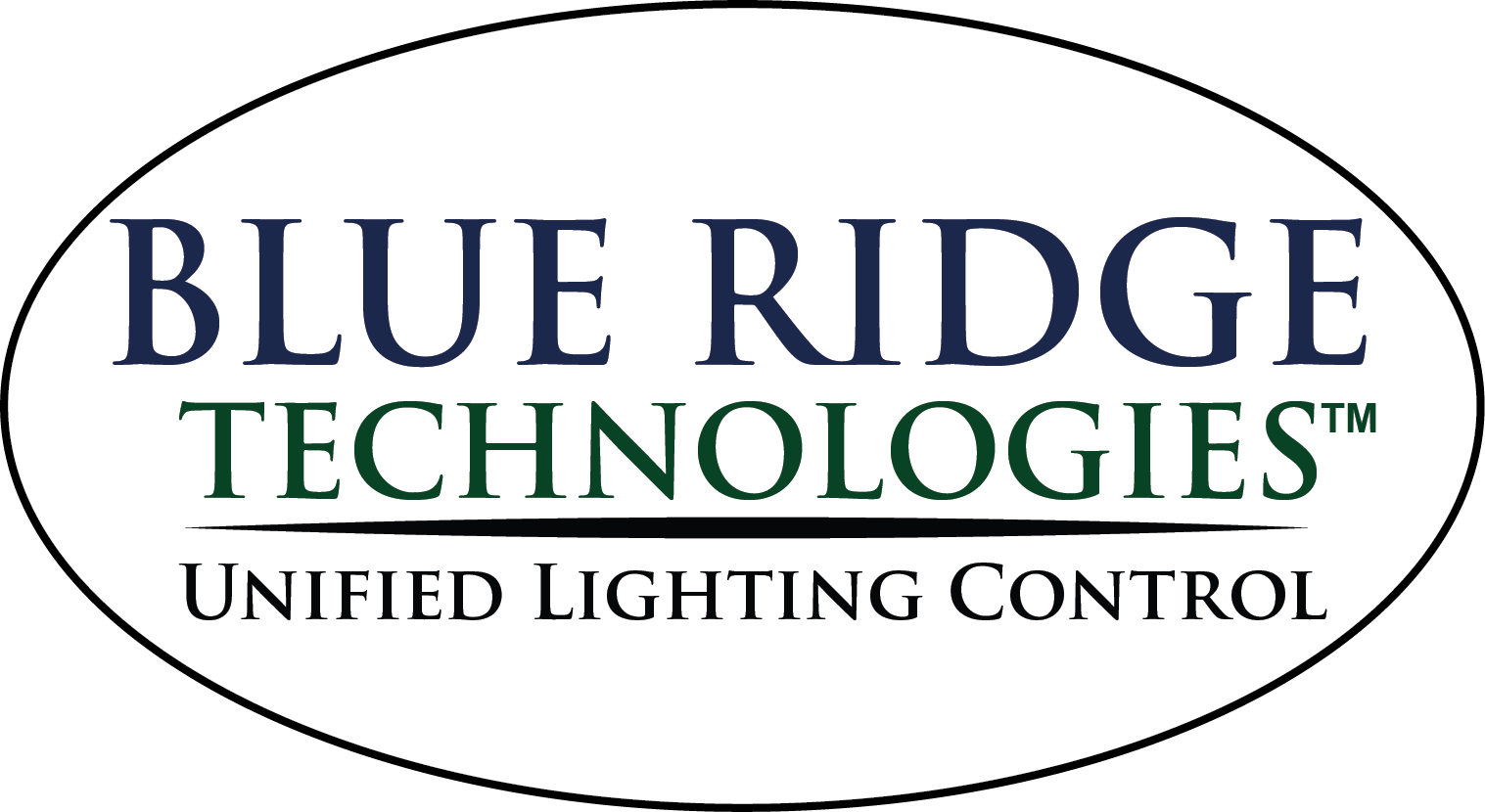Optimize Productivity & Comfort
In the ever-evolving landscape of commercial buildings, lighting controls play a crucial role in providing adequate illumination and enhancing energy efficiency, safety, and the overall ambiance. Commercial lighting controls have emerged as a cornerstone in managing lighting effectively, allowing businesses to optimize productivity and comfort.
What Are Commercial Lighting Controls?
Commercial lighting controls refer to systems and technologies implemented to regulate the output of lighting fixtures in commercial environments. These controls can manage when lights turn on and off and adjust their brightness. The primary aim is to ensure that lighting is provided where, when, and in the right amount, thereby reducing wasted energy and improving the comfort of the space for occupants.
Types of Commercial Lighting Controls
Occupancy Sensors: These sensors detect the presence or absence of people in a space and adjust the lighting accordingly. Lights can turn on automatically when someone enters a space (presence) and turn off when the space is vacant (absence), ensuring energy is not wasted lighting unoccupied rooms.
Daylight Harvesting Controls: These controls adjust indoor lighting based on the amount of natural daylight available in the space. On a bright sunny day, artificial lighting levels can be lowered (dimmed) to take advantage of the available natural light, saving energy while maintaining a constant lighting level.
Scheduling: Lighting can be controlled based on time of day schedules, turning on and off at predetermined times. This is particularly useful in areas with predictable usage patterns, such as office buildings and schools. Scheduling can also be used to set different modes of operations for a space creating specific behaviors based on a predetermined event(s).
Dimmers: Dimmers allow the adjustment of light levels according to the specific needs of a space or task, offering both energy savings and enhanced occupant comfort.
Smart Lighting Controls: With the advent of standardized networking technology, lighting control systems can now be integrated into building automation systems. This allows for remote control, real-time adjustments based on various factors (such as occupancy and daylight availability), and data analytics to further optimize energy efficiency and comfort.
Benefits of Commercial Lighting Controls
Energy Efficiency: Ensuring lights are only on when, where, and in the amount needed will produce significant energy savings. This not only reduces utility costs but also contributes to sustainability goals.
Improved Occupant Comfort: Proper lighting is essential for occupant well-being and productivity. Lighting controls can help maintain optimal occupant conditions, enhancing the user experience.
Flexibility: Modern lighting control systems offer unprecedented flexibility, allowing for easy adjustments through software to accommodate changes in space usage or design without extensive rewiring.
Maintenance Savings: Reducing the operational hours of lighting fixtures extends their lifespan, leading to lower maintenance and replacement costs.
Regulatory Compliance: Many regions have introduced regulations requiring energy-efficient lighting controls in commercial buildings. Adopting these controls can ensure compliance and possibly qualify for incentives or rebates.
The Future of Commercial Lighting Controls
As technology continues to advance, the potential for commercial lighting controls expands. The integration of AI and IoT technologies promises more intelligent, adaptive lighting systems that can learn from usage patterns and make adjustments that will dynamically optimize energy efficiency and occupant comfort.
Commercial lighting controls are not just about saving energy but about creating adaptable, efficient, and pleasant environments for people to work and visit. As businesses continue to seek ways to reduce their environmental footprint and enhance their spaces, lighting controls will play an increasingly vital role in the sustainable design of commercial buildings. Whether through occupancy sensors, daylight harvesting, or intelligent lighting systems, the future of commercial lighting control systems is bright and intelligent.

